Name Juan Downey | Role Artist Movement Video art, Kinetic art | |
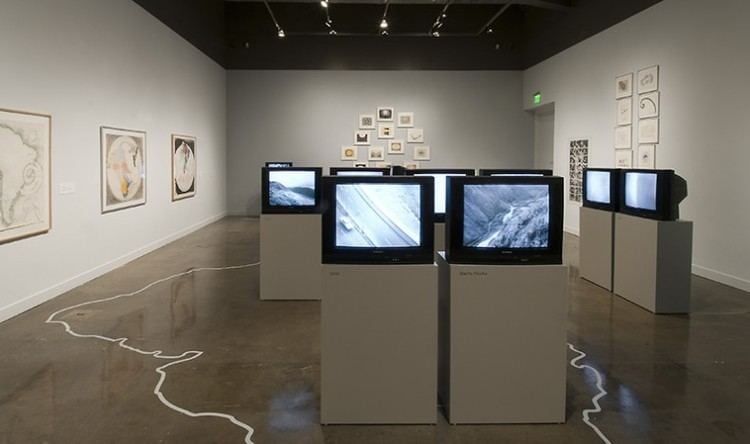 | ||
Died June 9, 1993, New York City, New York, United States Education Pontifical Catholic University of Chile (1961) Awards Guggenheim Fellowship for Creative Arts, Latin America & Caribbean | ||
Teaser juan downey mas all de estos muros
Juan Downey (May 11, 1940 – June 9, 1993) was a Chilean artist who was a pioneer in the fields of video art and interactive art.
Contents
- Teaser juan downey mas all de estos muros
- Mimetic exchange michael taussig on juan downey and jean rouch
- Biography
- Art career
- Solo exhibitions
- Group exhibitions
- Interactive art
- Performance art
- Early works
- Video Trans Americas
- The Thinking Eye Series
- Collections
- Awards
- References
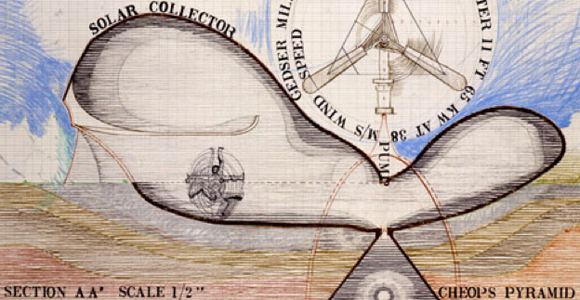
Mimetic exchange michael taussig on juan downey and jean rouch
Biography
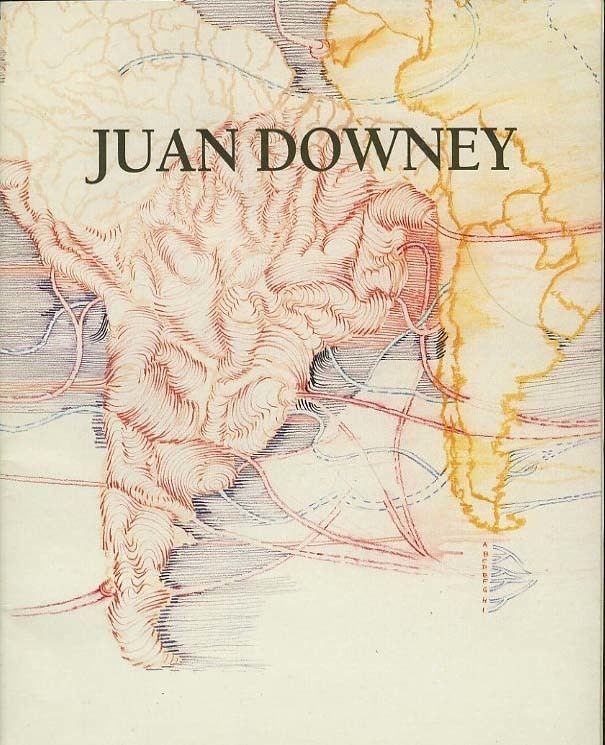
Juan Downey was born in Santiago, Chile on May 11, 1940. His father David Downey V. was a distinguished architect in Chile, and following in his father’s footsteps Juan Downey studied and completed a Bachelor of Architecture degree in 1964 from the Pontificia Universidad Católica of Chile. In 1961, to further his studies and develop his artistic practice, Downey traveled to Europe. He spent a few months in Barcelona and Madrid, followed by Paris where he lived for a period of three years during which he studied printmaking at Stanley William Hayter’s legendary Atelier 17. During this time, he befriended the artists Eugenio Téllez, Roberto Matta, Julio Le Parc, and Takis.
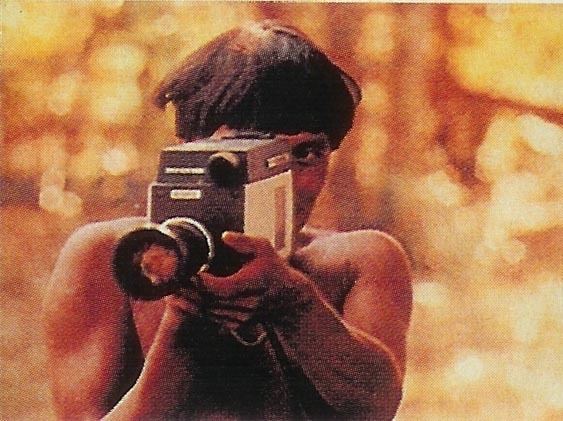
In 1965 Downey traveled to Washington DC at the invitation of The Organization of American States to have a solo show of his work. It was there that Downey would meet his wife Marilys Belt. He stayed in Washington for a couple of years before moving with his family to New York City in 1969. Downey was an associate professor of art at the Pratt Institute in New York from 1970 until 1993. He died in New York City on June 9, 1993 as a result of cancer.
Art career
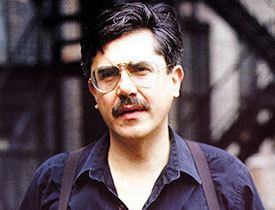
In New York City he would become involved with the groups Radical Software and Raindance collective, both early proponents of using video for artistic and political means.

He is recognized as pioneer and early adopter of video art, however, during his artistic career Downey created an extensive body of work that also includes electronic and video sculptures, photography, painting, drawing, printmaking, performance, installation and writing. Downey’s drawings are especially remarkable and remained a constant practice for the artist. All of his major works were accompanied by drawings. They not only reflect his “sureness of hand” as the curators David Ross and James Harithas noted, but also his compelling ideas and visions, and reveal this sustained practice of drawing over a lifetime.
The early period of Juan Downey’s artistic practice consisted of painting, drawing, writing and printmaking. After moving to the United States in 1965, he began to experiment with numerous forms of art that included creating interactive electronic sculptures, performances, happenings, and in the late 1960s video art. He wrote, “The universe is not an assemblage of independent parts, but an overlapping, interrelated system of energy. All my work relates to this vision.” These media permitted Downey to investigate ideas about invisible energy as well as invite for active participation of the viewers with his work.
Two seminal series in Downey’s career were Video Trans Americas, begun in 1971 and The Thinking Eye, begun in mid-1970s. Video Trans Americas (V.T.A.) is often divided into two groups: the first group was developed between 1973 and 1976, and the second between 1976 and 1977. The two series stress his preoccupation with political discourse, the self, history of art, western civilization, and Latin American identity.
Solo exhibitions
Solo exhibitions featuring Juan Downey’s work include:
Group exhibitions
His work was included in numerous group exhibitions including:
Interactive art
Performance art
Early works
Video Trans Americas
The Video Trans Americas (V.T.A) Series was a video-installation comprised of videos recorded with a Sony portapak during Downey’s travels from North to Central and South America between 1973 and 1976. The first complete screening of the V.T.A video-installation was in the exhibition Landscape Studies in Video curated by David Ross at the Long Beach Museum of Art in 1975. The V.T.A video-installation in subsequent exhibitions at other museum institutions such as the Whitney Museum of American Art (1976) was exhibited differently. This was largely due to the spatial component entailed in the presentation of the work, a key concern for Downey, as well as his own artistic liberty to make changes or integrate other components in the installation. Therefore, there are a number of different versions in the way the V.T.A video installation was exhibited. The following videos were included in the installation:
Additional videos that are part of the V.T.A series:
The Thinking Eye Series
Collections
Downey’s work can be found in private collections and in the collections of major museums. Selected museum collections include:
Awards
Downey was a Guggenheim fellow in the area of Fine Arts in 1971.
